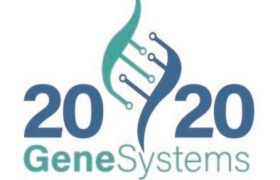Recommendations for Follow Up After OneTest™
Lung Cancer
Elevated Biomarkers
CYFRA 21-1
CA 125
Symptoms:
- Persistent cough
- Coughing up blood
- Chest pain that worsens with deep breathing, coughing, or laughing
- Hoarseness
- Shortness of breath
- Wheezing
- Unexplained weight loss
- Fatigue
- Recurrent respiratory infections
Signs:
- Abnormal lung sounds (crackles or wheezes) heard through a stethoscope
- Clubbing of the fingers or toes
- Enlarged lymph nodes in the neck or above the collarbone
Risk Factors
- Smoking: the most significant risk factor for lung cancer. The risk increases with the number of cigarettes smoked and the duration of smoking.
- Secondhand smoke exposure
- Radon exposure
- Asbestos exposure
- Air pollution
- Family history of lung cancer
- Personal history of lung disease (COPD, tuberculosis)
- Exposure to certain chemicals (arsenic, chromium, nickel)
- Radiation therapy to the chest
Other Screening Tools:
- Low-dose CT scan: Recommended annually for individuals aged 50 to 80 years who have a 20 pack-year smoking history and currently smoke or have quit within the past 15 years.
- Chest X-ray: Not recommended for lung cancer screening due to its low sensitivity and specificity.
Next Exam(s) To Do
- Low-dose CT scan: If OneTest indicates elevated predictive risk for lung cancer, a low-dose CT scan would be performed for further evaluation. This imaging test can detect lung nodules or masses that may be indicative of lung cancer.
Navigation
Copyright © 2023 | OneTest™ for the Early Detection of Cancers | All Rights Reserved.


